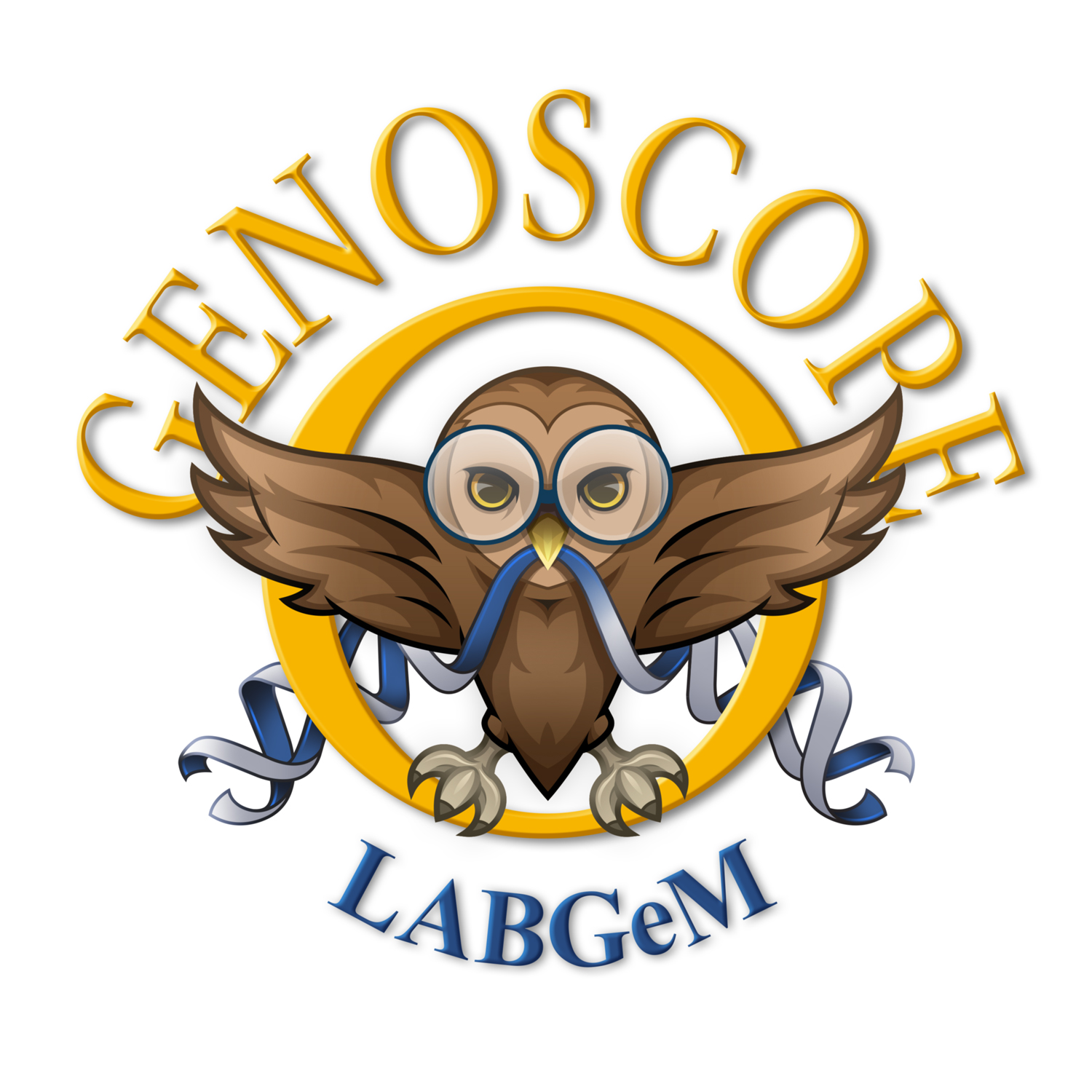Two new detection tools are available in Microscope in the ‘Comparative Genomics’ menu IntegronFinder and MacSyfinder.
IntegronFinder v1.5.2 is able to detect with high accuracy integron in DNA sequences. Integrons are major genetic element, notorious for their major implication in the spread of antibiotic resistance genes. More generally, integrons are gene-capturing platform, whose broader evolutionary role remains poorly understood. The detection methods use HMM profiles for the detection of the essential protein, the site-specific integron integrase and Covariance Models for the detection of attC sites.
You can access to the list of predicted integrons in a selected organism through the Integrons section of the Comparative genomics menu.
Macromolecular System Finder (MacSyFinder) v1.0.2 provides a flexible framework to model the properties of molecular systems (cellular machinery or pathway) including their components, evolutionary associations with other systems and genetic architecture. Modelled features also include functional analogs, and the multiple uses of a same component by different systems.
MacSyFinder can detect :
- CRISPR-Cas systems: Clustered regularly interspaced short palindromic repeats (CRISPR) arrays and their associated Cas (CRISPR-associated) proteins form the CRISPR-Cas system. CRISPR-Cas are sophisticated adaptive immune systems that rely on small RNAs for sequence-specific targeting of foreign nucleic acids such as viruses and plasmids.
- a broad range of secretion systems: T1SS, T2SS,T3SS,T4SS, T5SS, T6SS, T9SS, Flg, T4P, Tad (Abby SS et al., Sci. Rep. 2016)
You can access to the list of predicted systems in a selected organism through the Macromolecular Systems section of the Comparative genomics menu.
References:
Cury J. et al. 2016. Identification and analysis of integrons and cassette arrays in bacterial genomes. Nucleic Acids Research ; [PMID 27130947]
Abby SS, et al. 2014. MacSyFinder: a program to mine genomes for molecular systems with an application to CRISPR-Cas systems, PLoS ONE 2014;9(10):e110726 ; [PMID 25330359]


